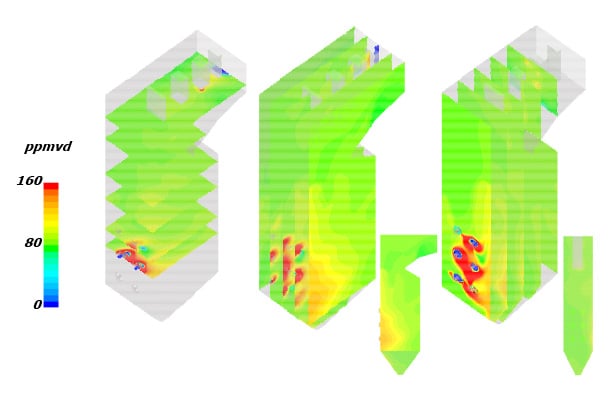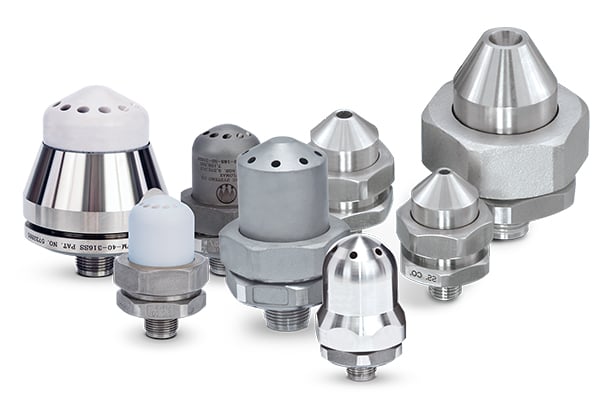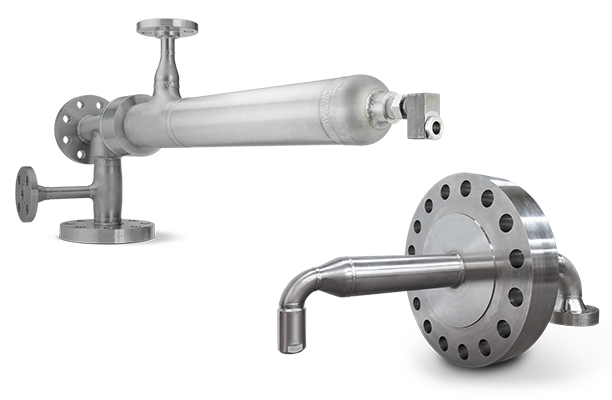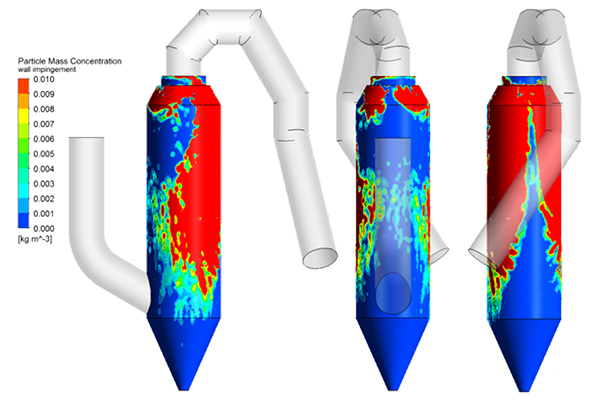AutoJet® NOx Control Systems
AutoJet® NOx Control Systems
Regulations for nitrogen oxides (NOx) emission are becoming stricter and stricter. It is now, more than ever, essential for organizations to control the NOx in waste incinerators, steel mills, cement kilns, power plants, pulp & paper and other manufacturing operations.
Through the use of advanced spray technology, Spraying Systems Co. is an important partner to control your NOx emissions. Based on your specific situation our engineers design an appropriate solution to inject ammonia or urea into the gas stream. This can be used both for Selective Catalytic Reduction (SCR) and Selective Non-Catalytic Reduction (SNCR).
With over 80 years of spray technology experience Spraying Systems Co. is uniquely qualified to help you with your NOx control needs. Our dedicated solution consists of:
- AutoJet® NOx Control system
- Nozzles (atomizing or hydraulic)
- Lances (standard or custom)
- Computational Fluid Dynamics (CFD)
To ensure the proper solution is installed our industry-leading research and testing services evaluate your requirements and help ensure your performance goals are met.
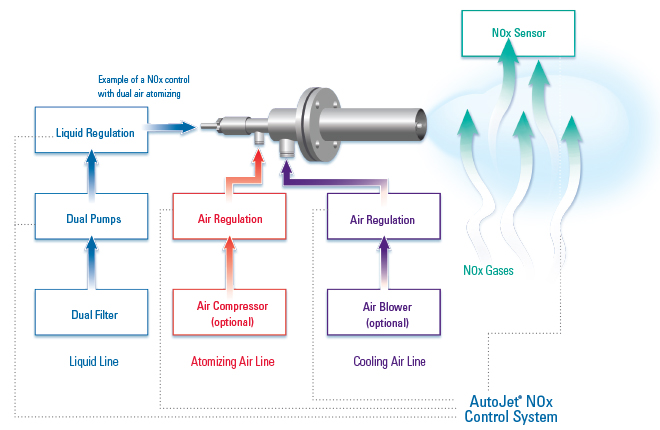
How our NOx Control System works
The NOx Control System continuously monitors feedback from the NOx sensor(s) and regulates the system response by proportionally adjusting liquid and air flow to the injector nozzles.
This closed loop system provides the highest level of control possible. It is easy to install and requires minimum installation space. Once installed, the system provides maximum operational reliability and minimal operating costs.
1. AutoJet® NOx Control System
The AutoJet® NOx Control System controls all system components and ensures optimized performance without operator intervention. It offers:
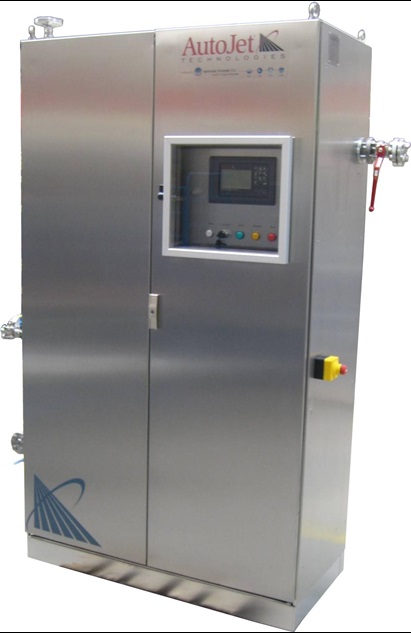
- Optimal performance: The AutoJet® NOx Control System monitors and automatically adjusts the closed loop system. Liquid and air flow to the nozzles is regulated based on the data that‘s collected via the NOx sensor.
- Plug & Spray: All AutoJet® NOx Control Systems are pre-programmed with parameters and function screens specific to NOx control applications so you‘re ready to go.
- Total Automation: Total automation minimizes labor and downtime: The system controls all components – nozzles, pumps, sensors and other hydraulic/pneumatic components. Operators are only alerted, via a warning signal, if there is a problem that can‘t be resolved automatically.
- Built for Reliability: Emergency modes, system redundancy, intelligent fault sensing and a patent-pending continuous system integrity check. These are just a few of the reasons why you can count on long-term, trouble-free performance.
- Easy Integration: Easily integrate the AutoJet® System with other systems via communication protocols (Profinet, Profibus, …).
- Remote Support: Remote support is available thanks to the built-in router.
2. Air atomizing or Hydraulic Spray Nozzles
A wide range of nozzles can be used for ammonia and urea injection. The operating conditions will determine which nozzles provide the proper performance. To validate nozzle selection and placement CFD modeling is recommended.
The main advantages of our nozzles for NOx Control are: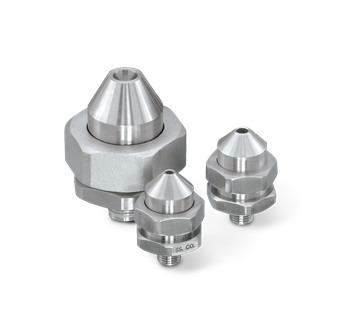
- Reduced maintenance: Replacement of the nozzle or just the air cap can be done without special tools. Spraying Systems Co. nozzles require minimal maintenance.
- Effective even in harsh environments: A wide choice of materials ensures optimal nozzle performance even in high-temperature and corrosive applications. Typical materials include 316 and 310 stainless steel, HASTELLOY®, Stellite® and reaction-bonded silicon carbide. Others are available upon request.
3. Lances

Choosing the right lance is just as important as selecting the right nozzle. Whether you need a standard lance or a built-to-order injector for a challenging environment, Spraying Systems Co. can help. We’ll assist you in selecting the correct device for easy integration and optimal nozzle performance for your application.
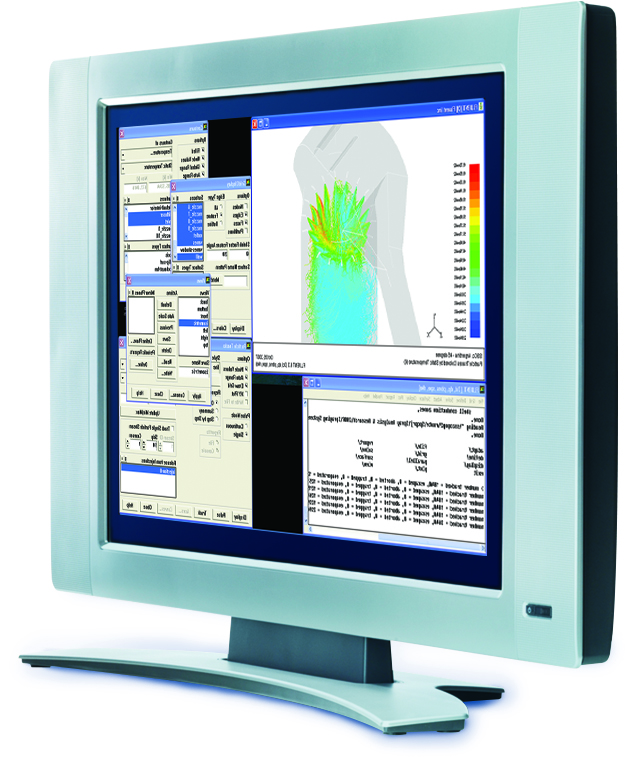
4. Computational Fluid Dynamics (CFD)
Many problems can result from improper drop size. This can result in improper coverage or flue gas penetration, and by consequence increased ammonia slip and reduced efficiency.
To make sure you get the performance you‘re looking for we always recommend to run CFD calculations to determine the type of nozzles and the number of nozzles required and how they need to be positioned.


